Introduction
Employees are the most valuable asset of any organization. With agility becoming an integral part of every modern-day business, human resource departments have also had to transform. Organizations across the globe are now focusing on the internal talent development processes to enhance their employee output, get better performance results, introduce cross-functional teams and retain the best talent.
What is talent development, and what does it constitute?
As described above, talent development is a set of integrated HR functions designed to attract, develop, motivate and retain the best talent, thus converting them into valuable and tangible assets. Talent development also aims to generate sustainable growth of the organization and ensures that the employees meet their performance objectives.

Talent development generally involves a strategic plan engineered by the human resource department to help vertical heads align their existing resources with employee development, creating valuable output for individuals, stakeholders, and the company. These strategies constitute internal training programs, performance assessment, and knowledge transfer by the leadership.
As opposed to how it sounds, talent development operations lead to measurable, tangible results. Organizations are tasked with demonstrating that their talent development operations impart quantifiable value to their stakeholders and the community.
Talent development programs’ envisioned goals and results should be measurable and reflected at three levels; external (stakeholders), organizational, and individual contributions. All of this can be achieved by obtaining data from each talent development operation, comparing it against previous performance data, assessing the data for gaps, and finally working towards filling the gaps with a strategic plan in place.

Understand the organization’s needs and collect data to evaluate how talent development will contribute to the requirements.
Your talent development framework has to be aligned with the needs of the organization. For this, you need to identify deliverables for each stakeholder of your company and align them with the results of your talent development programs. Itrecentis essential to define measurable performance parameters and the current performance gaps resulting from a lack of talent development framework to ensure benefits. Following this, you need to compare your current performance against the perceived performance after deploying talent development programs.
Identify the collective goals of your employees and your organization. Use this to justify the cost incurred while implementing the talent development framework.
Let’s assume your organization has constantly been trying to improve its revenue in a particular area. Despite having superior products, you are still unable to surpass the performance of your competitors.
In order to use talent development in this situation, examine whether the root cause is related to the lack of skill development among the employees, gaps in your knowledge management system, or any other internal areas. Objectively examine these factors and see if they can be solved by implementing your development framework. Remember that stakeholders are always looking for value in their investment, and it’s your responsibility to provide the same.
What outputs can you expect from implementing your talent development operations?

- Increased employee performance: Deploying a talent development framework will improve employee performance and productivity. It will also ensure that there are fewer performance-related grievances among your employees. Additionally, talent development operations will elevate employee engagement within the organization and ensure that your top talent stays longer because they will see tangible results and the scope of growth within the organization.
- Improved business performance: Skill development programs will add to the performance and productivity of the employees, thus improving the overall business performance. Another benefit that talent development frameworks offer, especially in highly demanding work environments, is that the employees acquire specialized knowledge to provide a continuous workflow.
- Enhanced client satisfaction: Talent development ensures that there is a systematic approach to management within the organization. This means that the client’s needs are communicated and met efficiently, thus resulting in higher client satisfaction.
- Attract the best talent: Having a strategic approach towards talent management allows organizations to attract better talent from the industry and establish a brand where employees see the immense growth potential for themselves.
Conclusion
As our workplaces become more dynamic, organizations have to maintain the rapid pace of development, beginning with their most important asset, their employees. At Edcast, we consistently empower our clients with the best talent experience platform in the industry. Our team of experienced professionals is here to help businesses attract, develop and retain a high-performance and future-ready workforce.
For more information, please contact us at. We are here to support you each step of the way.



